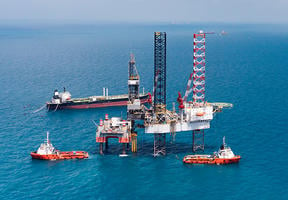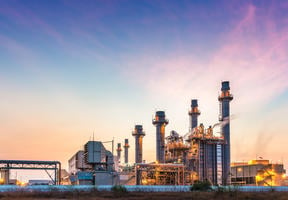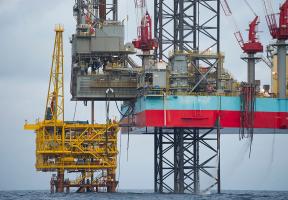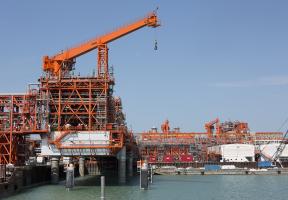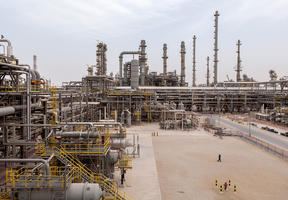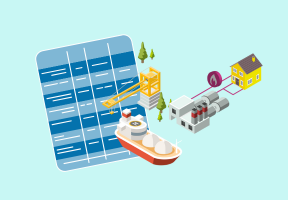India and Energy
15 min read

© NARINDER NANU / AFP - By 2035, India will undoubtedly be one of the world's top five economies. This rise will be driven by energy.
The Asian giant, which before 2025 will be the world's most populous country, is faced with a paradox: its demand for will increase in the years ahead, while, at the same time, the country is launching huge projects. India’s growing population and economic development are exerting considerable pressure on its energy needs, a situation experienced by many emerging countries.
Explore

India: The Difficult Energy Transition of Developing Countries
India has launched an impressive renewable energies program, but its coal and oil consumption will continue to grow in the years ahead. This illustrates the difficulty of achieving an energy transition when demographic pressure and aspirations of higher living standards continue to push up energy demand.

India and energy in a few images
India and Energy: How to Achieve a Successful Energy Transition

New Delhi: Tackling the Challenge of Pollution
New Delhi is the capital of India and forms part of the National Capital Territory (NCT) of Delhi, which has a population of more than 16 million. The Central National Capital Region, which encompasses NCT Delhi and the two new cities of Gurgaon and Noida, where the headquarters of major Indian and international companies are located, is home to some 25.7 million residents, making it the world’s fourth most populated region, behind Tokyo, Jakarta and Lagos. Delhi’s metropolitan area today has a larger population and makes a greater contribution to gross domestic product (GDP) than that of Mumbai (formerly Bombay), which now ranks sixth in the world.


